By Robert M. Sarwark
From the front porch of a house on the western edge of Grant Park, near where it borders Summerhill, night fell on Saturday, May 30 with alerts on cell phones, social media, radio, and television. Atlanta Mayor Keisha Lance Bottoms had just declared a citywide curfew from 9:00pm until sunrise the following morning. Helicopters of unclear provenance—medical, law enforcement, or news media—hovered ominously above in an otherwise clear and, for a large city at least, star-speckled evening sky. A fresh breeze blew through the line of front porches and windchimes along the street, sweeping away the final heat of a sunny and humid late-May Georgia day as the city braced itself for another night of unrest.

Meanwhile, just over two miles away in downtown Atlanta, groups of protesters gathered for the second night in a row to demonstrate against police brutality generally and, specifically, the seemingly unjustified and unprovoked killing of George Floyd by Minneapolis police on Memorial Day, May 25. The crowds were warned to disperse before the curfew made their mere presence there unlawful. Some heeded the order. Others did not. By 12:15am, according to reports from the Atlanta Journal Constitution, those who remained had either been arrested or fled the area.
By Sunday morning, May 31, Atlanta woke once again to a world where the coronavirus was still spreading, having claimed the lives of nearly 2,000 Georgians and over 100,000 Americans. But compounding the tragedy of these losses was the ever-present stain of racially-motivated police brutality.
Before this episode, the focus had been almost entirely related to coronavirus. Throughout the nationwide lockdown aimed at preventing widespread infection, neighbors in Grant Park have reported checking in on each other, helping with chores and errands, and otherwise just being neighborly.
Starting in mid-May, Homer Hammonds, a longtime resident of Ormond Street, began to organize the “Grant Park Riders” through the social media platform Nextdoor. As a family-friendly group of cyclists, Hammonds leads anyone who shows up on a weekly, hour-long loop through the area. If interested, you can find them starting from the corner of Ormond and Cherokee Streets on most Sunday evenings (check Nextdoor for updates). Hammonds posts photos of the group (all wearing masks, of course) after each ride on Nextdoor and will continue organizing these rides for the foreseeable future.
Other Grant Park residents took time to honor and remember those across the U.S. who have succumbed to COVID-19. On Sunday, May 24, Phred Huber of Grant Street publicly read the names and brief bios of the 1,000 victims listed on the front page of that day’s New York Times. “It’s important always to honor the dead,” Huber said, “but I felt that as the governor lifted restrictions, many people went right back to life as it was before. The pandemic didn’t end just because a politician said it did.” She added that everyone needs to continue to be careful, practice social distancing, and otherwise not forget that we are still in a pandemic, “or I’ll be reading more names from my porch.” That third weekend of May there seemed to be proof emerging in the numbers that staying home for weeks and months on end to “flatten the curve” was, in fact, working.
In a phone interview on May 19, Sheryl Bennett, Chief of Staff to Atlanta City Council Member Carla Smith and a former longtime resident of Grant Park (now Peoplestown), reported that COVID-19 deaths were relatively low in District 1, which includes Grant Park and the SAND neighborhoods. “We have been blessed,” Bennett said. “Our mayor, I think, has done an amazing job with utilizing her leadership to keep Atlanta safe.”
As of the time of writing, however, Council Member Smith, who is also a registered nurse, confirmed that over 30 residents of her district have passed away from the disease. (Please email gpeditor@theporchpress.com or call 773-951-7175 if you know anyone in the Porch Press readership area—Grant Park/SAND/East Atlanta—who has passed away from COVID-19 and should be memorialized.)
As of Monday, June 1, a week has passed since the extrajudicial killing of George Floyd. Atlanta, like many other major American cities, after a weekend of unrest continues to see large street protests, some peaceful, others turning confrontational and violent with police. Approximately 300 people were arrested between Friday and Sunday nights, according to the Atlanta Police Department. The Georgia National Guard was deployed on Sunday and Monday nights. A mandatory curfew has again been set from 9:00pm until sunrise and it is unclear when these restrictions will be lifted.
There is still no vaccine for COVID-19 as coronavirus stalks silently throughout our city, the country, and the world. A massive recession looms, along with the concomitant joblessness and civic and social unrest. This unrest is further exacerbated by the racial animosity that, sadly, continues to infect the American psyche and society, acutely in the form of police brutality. What’s more, it is feared that because of the close proximity of those protesting nationwide, new spikes of the highly contagious disease may emerge in the weeks to come.
Despite this seemingly unprecedented turmoil, we can actively choose to be united as a neighborhood, an NPU-W, and a city in honor of our fellow Atlantans’ humanity. We can share this place that we love and love to call home. We as neighbors can be the closest thing we have to a true safeguard from peril. Community is the bond that, as a natural extension of the family unit, is what has and will continue to keep us connected, healthy, and thriving.

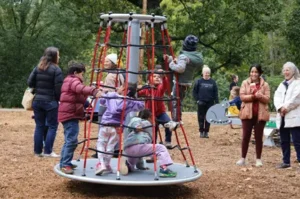
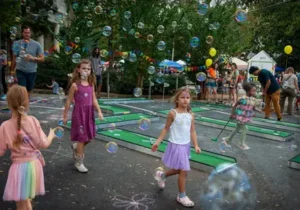
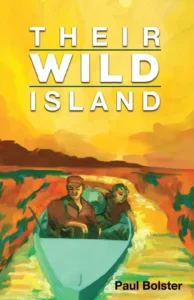
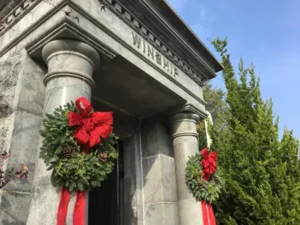
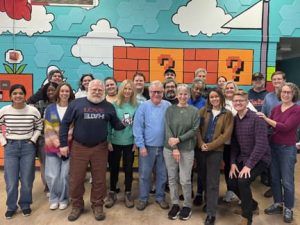

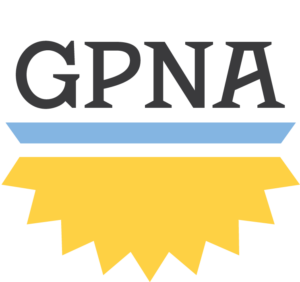
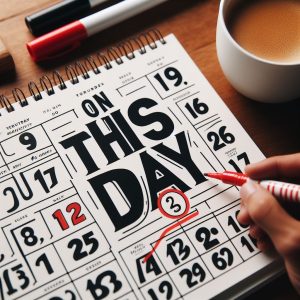
Comments are closed.